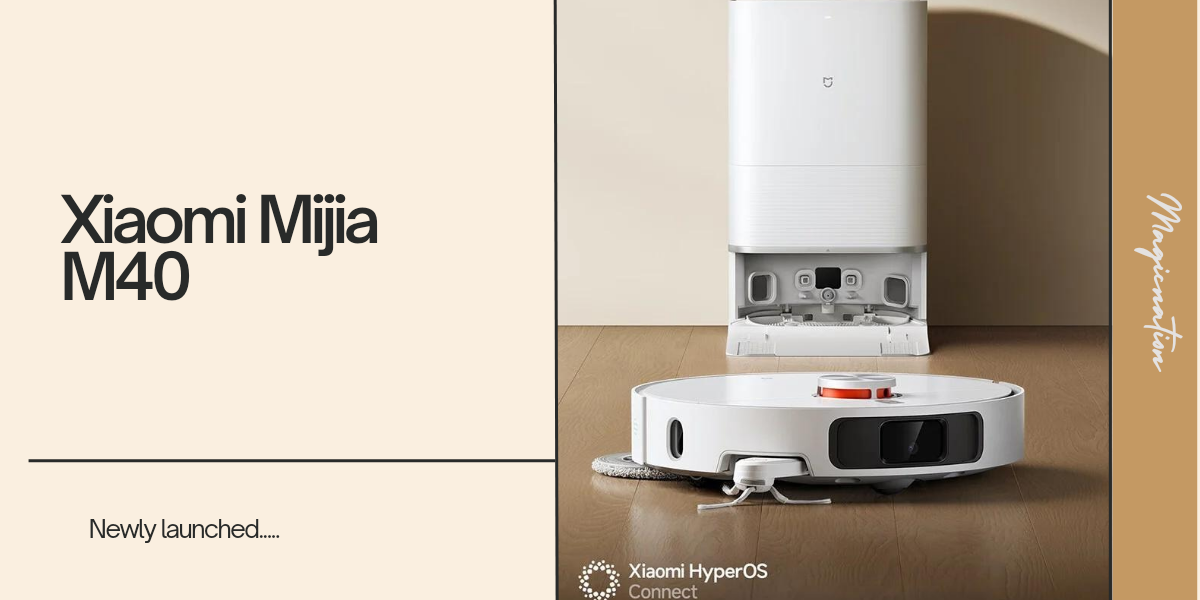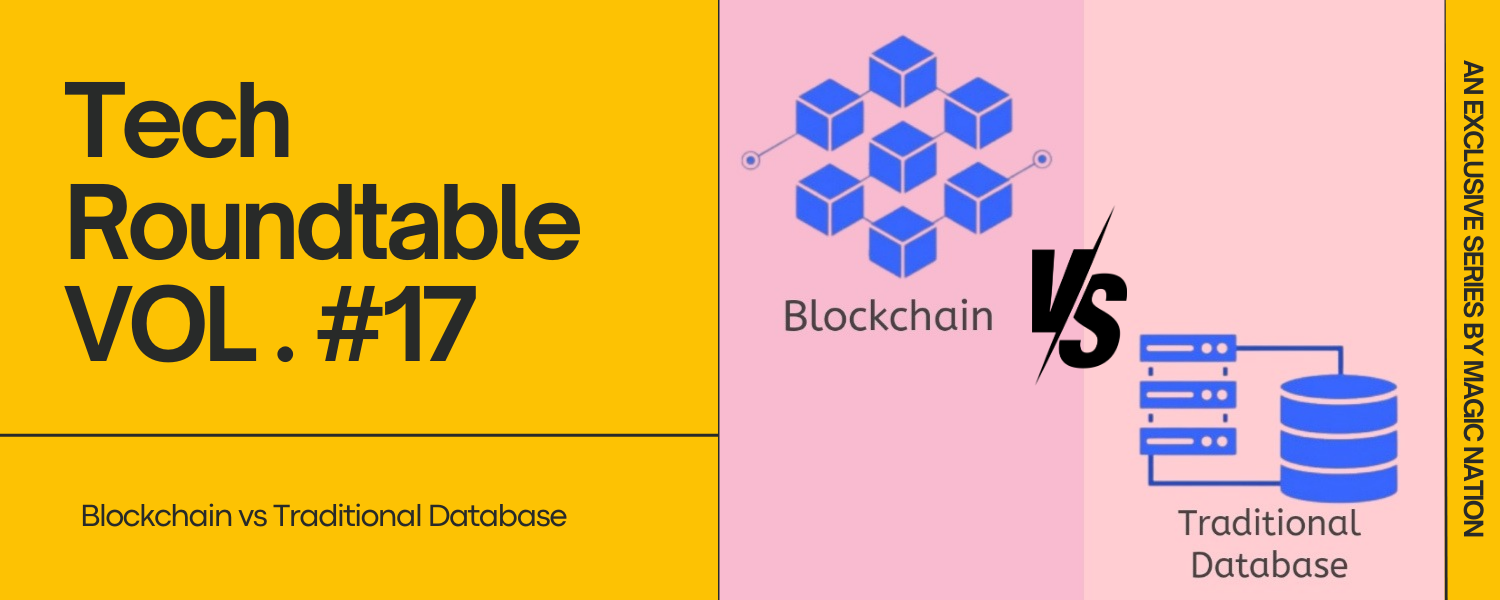Hello HTech Fans!
Welcome to a realm where materials are not just passive substances but active participants in innovation. Today, we delve into the fascinating world of smart materials and self-healing technologies, where the boundaries between inanimate and living are blurred, opening up a new era of possibilities across various industries.
Introduction: The Rise of Smart Materials
In recent years, there has been a paradigm shift in material science. Smart materials, also known as responsive or intelligent materials, go beyond the conventional by exhibiting dynamic properties that respond to external stimuli. Let's embark on a journey to explore their potential and the revolutionary concept of self-healing technologies.
1. Self-healing Polymers: Mending the Unmendable
Background
Polymer materials are omnipresent in our daily lives, but they are not immune to wear and tear. Enter self-healing polymers, a groundbreaking innovation designed to autonomously repair damage, prolonging the lifespan of materials.
Applications
From self-healing coatings for electronic devices to resilient materials in aerospace, self-healing polymers are transforming industries by reducing maintenance costs and enhancing the durability of products.
2. Shape Memory Alloys: Adapting to Change
How It Works
Imagine a material that remembers its original shape and can revert to it even after undergoing deformation. That's the magic of shape memory alloys (SMAs). These alloys "remember" their shape and return to it when triggered by external factors such as heat.
Applications
SMAs find applications in medical devices, actuators in robotics, and even eyeglass frames that adjust to the wearer's facial contours. The adaptability of SMAs is reshaping design possibilities.
3. Piezoelectric Materials: Harnessing Mechanical Energy
Mechanism
Piezoelectric materials generate an electric charge in response to mechanical stress. This unique property is harnessed to convert mechanical energy into electrical energy, paving the way for self-powered devices.
Applications
From self-charging wearable devices to energy-harvesting floors in smart buildings, piezoelectric materials contribute to sustainable energy solutions and reduce dependence on external power sources.
4. Hydrogels: Nature-Inspired Responsive Materials
Hydrogel Properties
Inspired by the resilience of natural tissues, hydrogels are water-absorbing polymers with impressive flexibility. They respond to changes in environmental conditions, making them ideal for various applications.
Applications
Hydrogels are used in medical implants, drug delivery systems, and even soft robotics. Their ability to mimic biological tissues and adapt to their surroundings holds promise for future advancements in healthcare.
5. Self-healing Concrete: Prolonging Infrastructure Lifespan
Innovation in Construction
The durability of concrete structures faces challenges from cracks and damage over time. Enter self-healing concrete, equipped with microorganisms or encapsulated healing agents that activate when cracks appear.
Applications
In construction, self-healing concrete has the potential to extend the lifespan of buildings and bridges, reducing maintenance costs and enhancing structural integrity.
Conclusion: The Future of Materials Science
As we conclude our exploration of smart materials and self-healing technologies, it's evident that the future is marked by materials that actively contribute to the efficiency, sustainability, and resilience of our creations. From self-repairing electronics to adaptable structures, the possibilities are boundless.
The integration of these intelligent materials is not just a leap in technology; it's a paradigm shift, challenging us to rethink the relationship between materials and the industries they serve. As Htech members, let's stay at the forefront of these innovations and continue to unravel the mysteries of the material world.
Stay curious and tech-forward!
Thank You
Aarya Bhavsar
Recent Posts

NASA and South Korea to Explore Deep Space in Pioneering Joint Mission
Sun Sep 29, 2024 7:04 pm
Arijit Mukherjee
54
5

Is the Xiaomi Mijia the best ever vacuum mop till this date? | Ft. N40
Sun Sep 29, 2024 10:29 pm
jyotinalui
26
3

Recap : Weekly recap on Resources
Sun Sep 29, 2024 10:58 pm
saipixels
47
3

[AI Wonders] What If Coldplay Were An Indian Brass Band? 🥁🎶
Sun Sep 29, 2024 11:07 pm
impradhuman
31
3

Wallpaper Collection : Street Graffiti Art 🎨
Sun Sep 29, 2024 11:33 pm
impradhuman
31
2

Tech Roundtable VOL #17: Blockchain vs. Traditional Database – Which One Should You Trust?
Thu Sep 26, 2024 8:01 am
Arijit Mukherjee
234
6

Honor's New AI Eraser: Erase the Unwanted
Wed Sep 25, 2024 10:21 pm
sarthhkk
1018
8

"Crafting Majestic Snow Mountains in Gaea"
Sun Sep 29, 2024 7:39 pm
aniket.ranjan_
44
3

Fun Fact: Did You Know About Amazon Photos?
Sun Sep 29, 2024 2:17 am
Navraj rathore
87
4

The Evolution of Photography: From Film to Digital
Sun Sep 29, 2024 2:57 am
Navraj rathore
95
5
- Copyright © 2024 Magicnation. All rights reserved.
